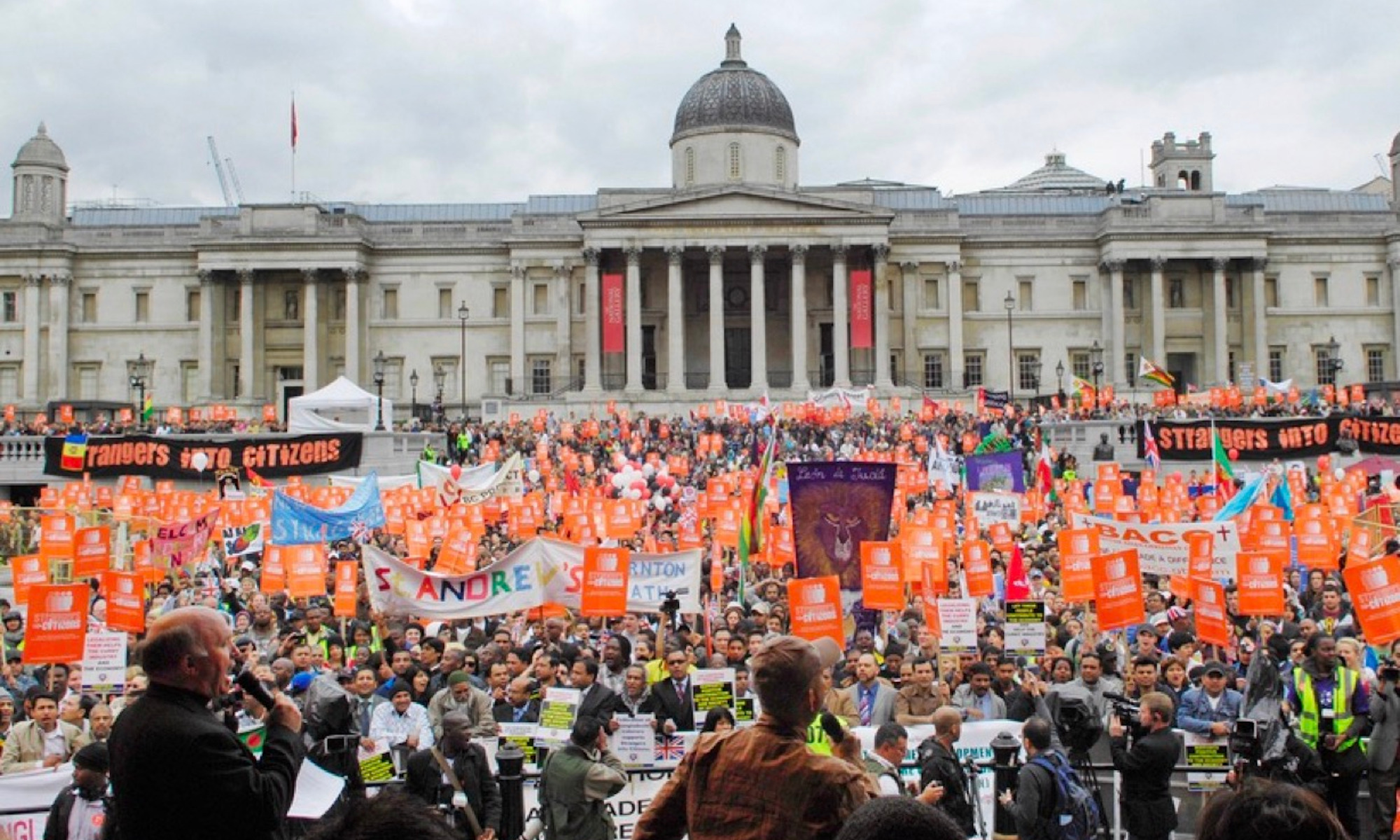The Modern London (1804) Guidebook to Landmarks embodies the civic duties and social atmosphere popular in the City of Westminster wherein the social motivations and priorities surround the promotion of London’s burgeoning culture and the traditions of the professional and those adjacent to the Crown.
The Society of Arts encapsulates the public spirit of the age through its encouragement of the rapid progress and the prospering condition that contribute to London as a burgeoning Metropolis. Founded by William Shipley and other private gentlemen in 1754, this institution commends and awards Premiums and prizes to individuals who have achieved success in areas encouraging the arts, manufactures, and commerce. Oblong and elegantly proportioned, the meeting room is arranged in an oval form, where portraits of noble lords and The President, his Grace the Duke of Norfolk, are hung with esteem. The Society’s prominence is acknowledged in the seating of the committee, wherein the distinguished attendees include the Secretary, the Assistant Secretary, the Vice-Presidents and Chairmen of Committees, ladies of rank, and duchesses, foreign ministers, and other dignitaries of distinction.

In continuing with the Society’s reputation for the encouragement of excellence in the arts and commerce, the walls are decorated with a series of paintings, among the finest productions of the age, to represent man’s progress in civilization. Remarked by the refinement of its taste, these paintings include the Society’s President as part of the Olympic Games, a picture of prominent men in robes distributing the rewards of the Society, and the Triumph of Navigation, where Father Thames, designed with charming extravagance, sits in a car being drawn by river nymphs. The exquisite atmosphere projected by the Society of the Arts infers that the priorities of this guidebook correlate with the notion of leisure, in that, this landmark, considered one of the finest spectacles in Europe, is tailored to describe those who have the luxury and time to promote artistic expression and culture.

The guidebook details the Horse Guards or War-Office, wherein the landmark indicative of these public buildings is one of the finest about the Metropolis. In one view, this landmark beholds three principal offices connected with the government: The Treasury, The War-office, and The Admiralty. The War-Office, located in the center of the three, comprises the station where part of his Majesty’s troops usually perform duty. The Treasury, located to the right of the War-Office and enclosed with a wall, contains the gardens of the house, while the building to its left is The Admiralty, home to the apartments and offices of lords. The significance of government buildings prioritizes a professional, educated attitude surrounding the inhabitants of Westminster.
The Parade of the Foot Guards, another landmark, celebrates tradition and honors achievements, as inferred from the decor of the Turkish piece of ordinance. Brought by British troops from Alexandria, the ordinance is mounted on a carriage of English workmanship and ornamented with very elaborate devices to display London’s successes and global reach.
